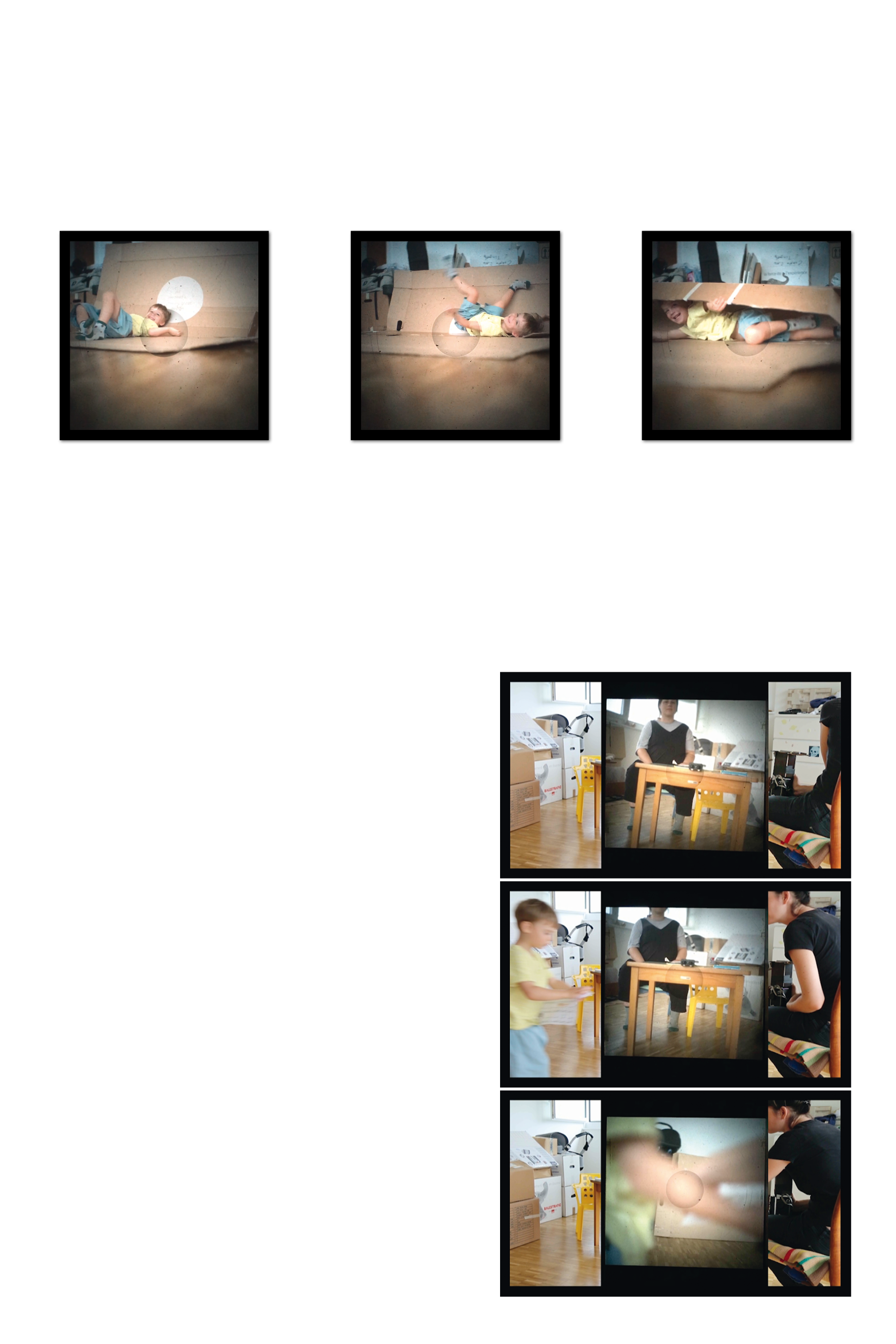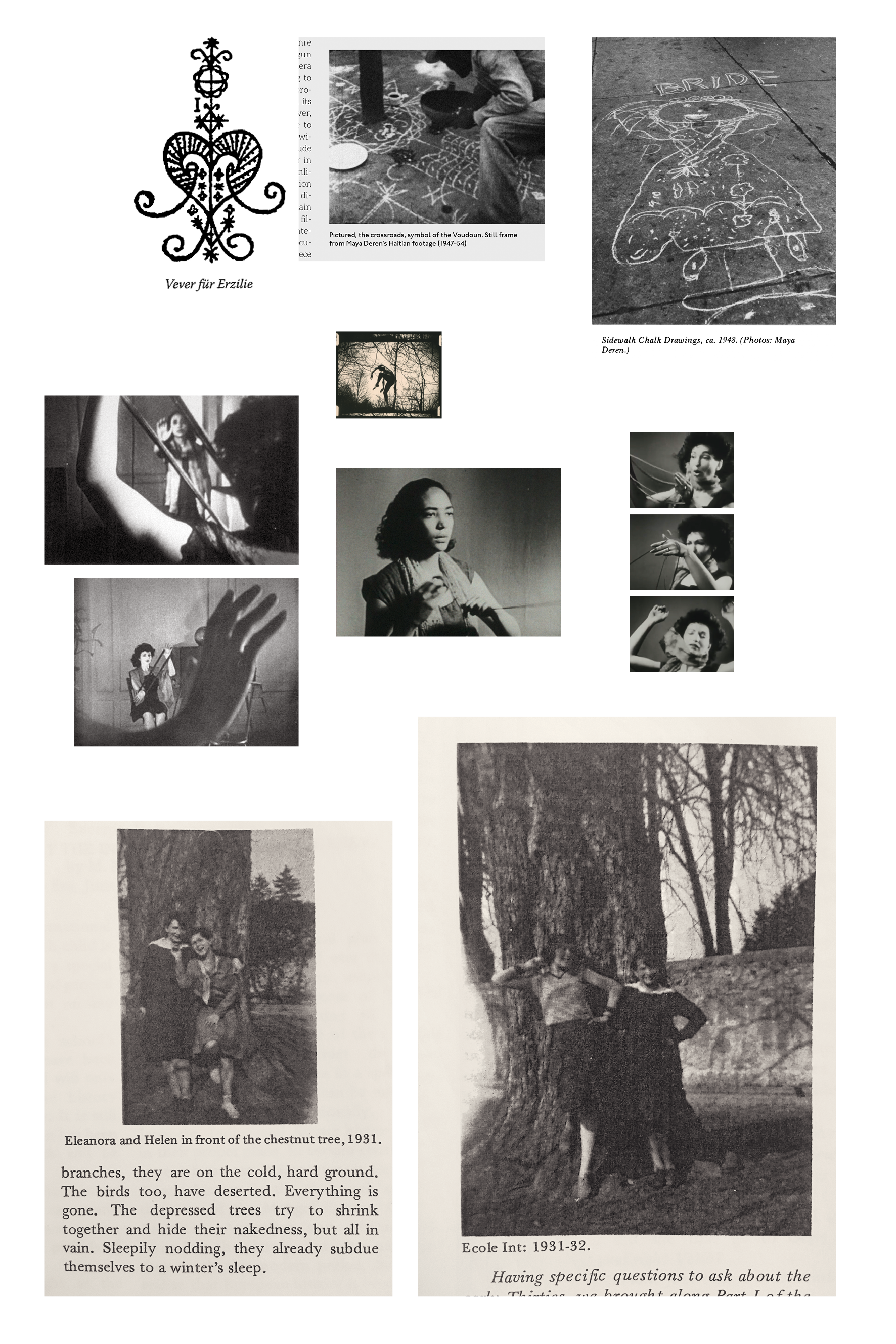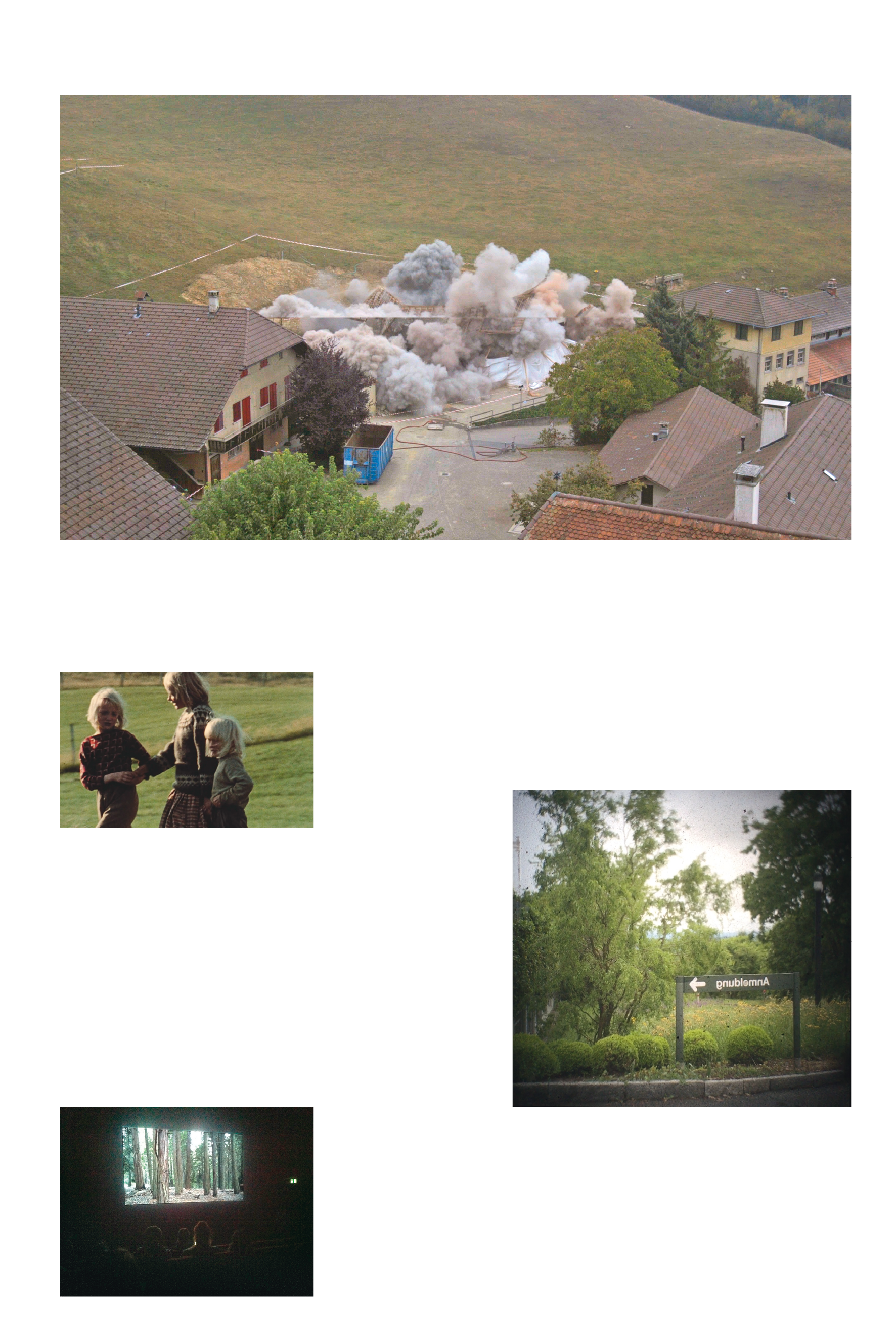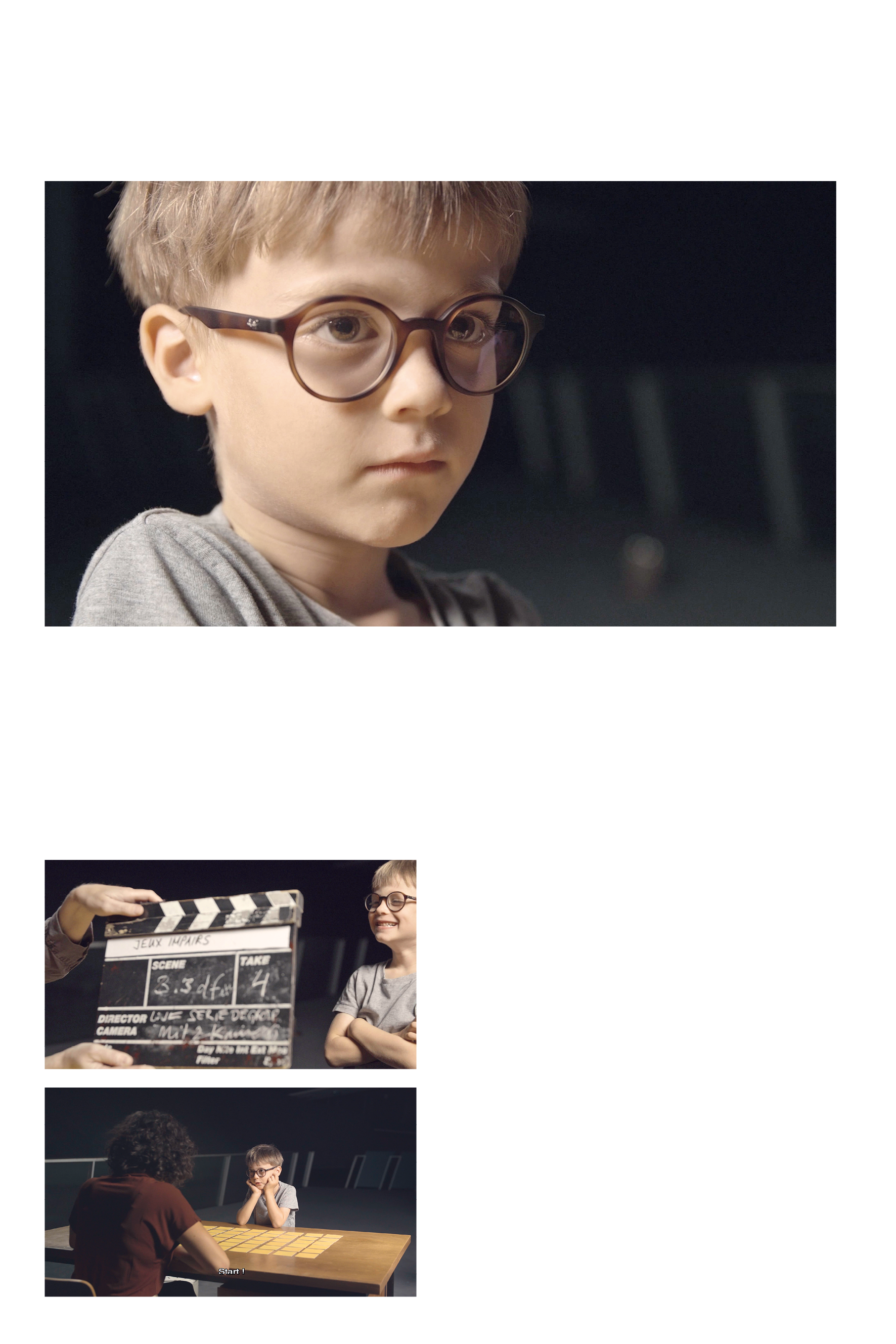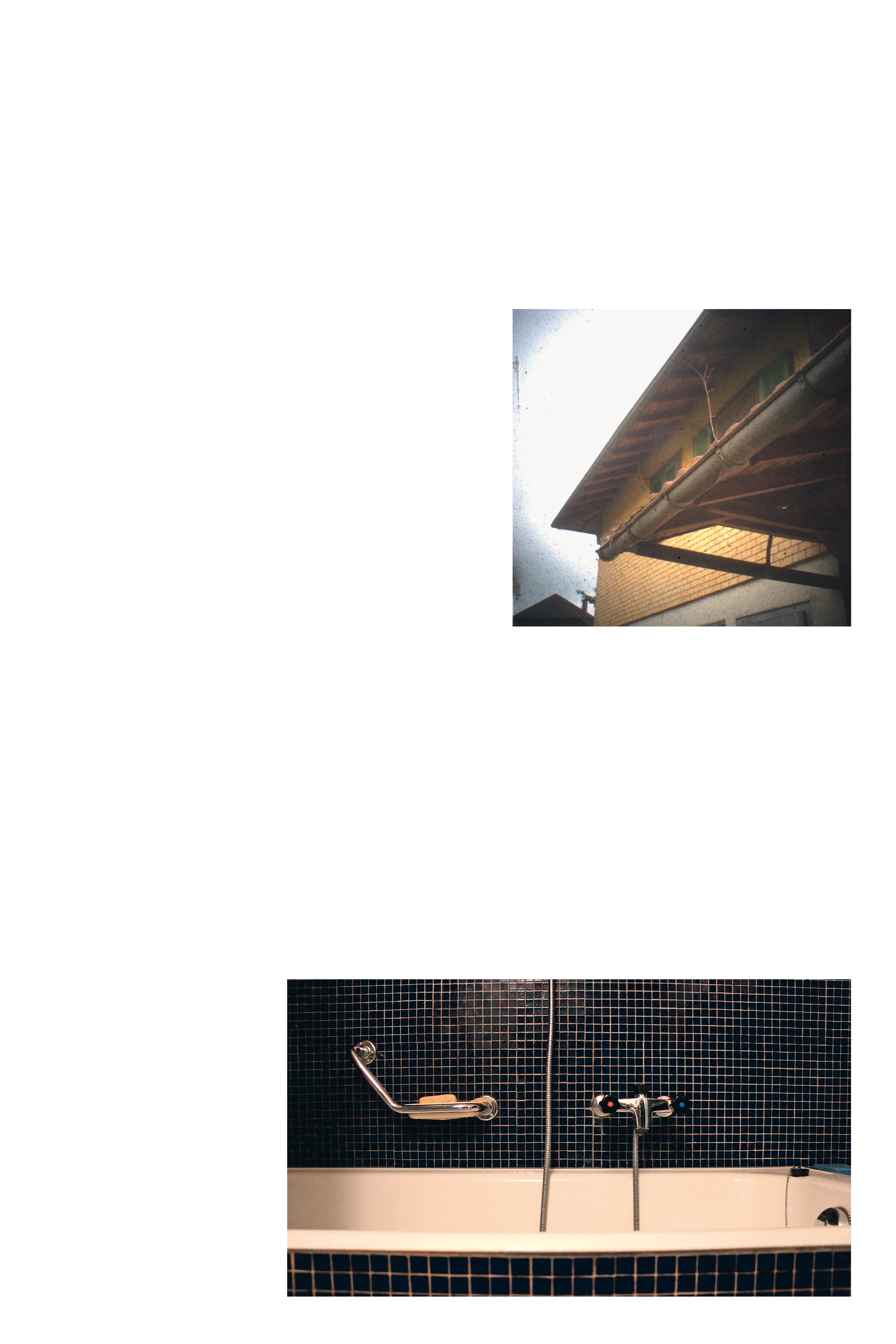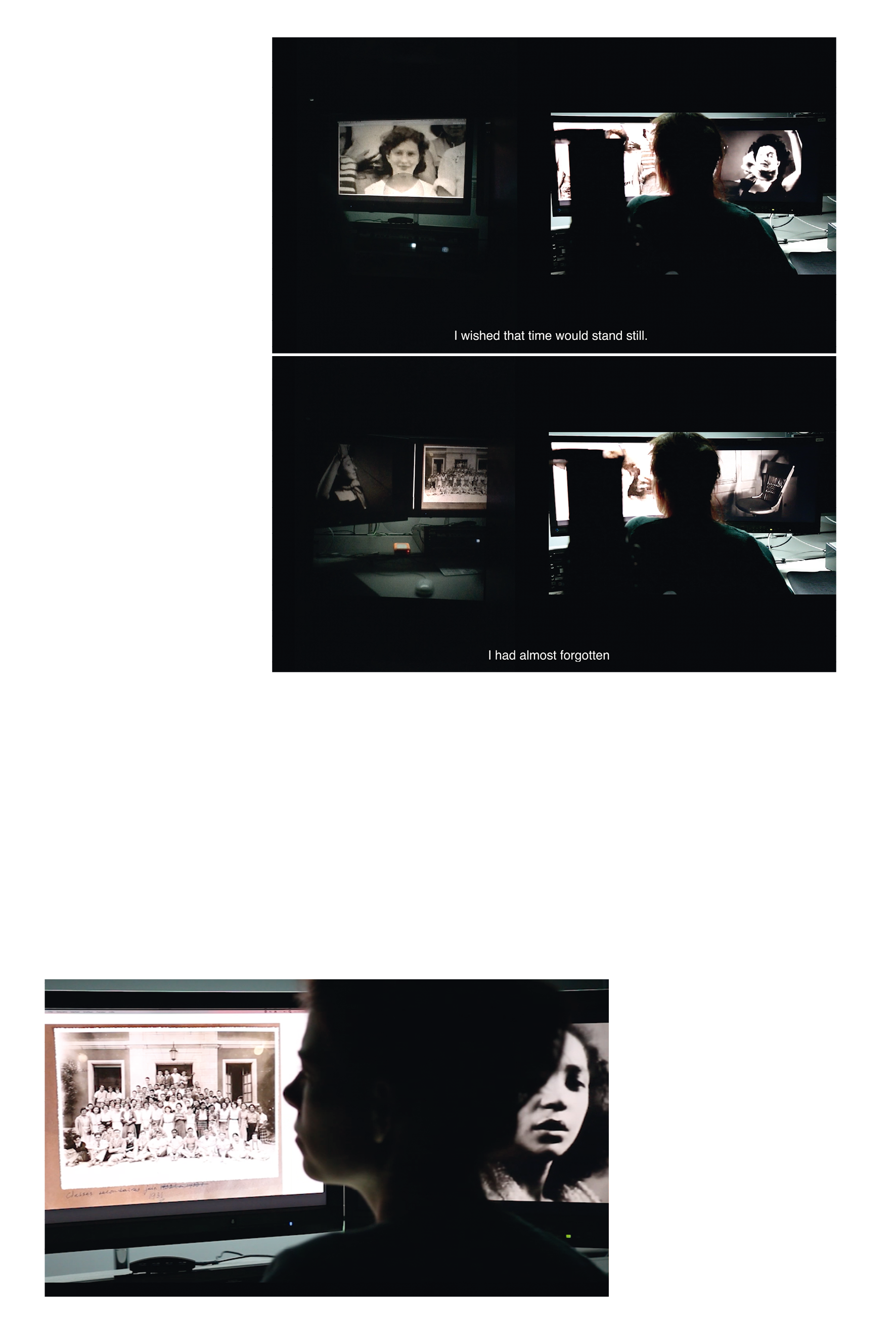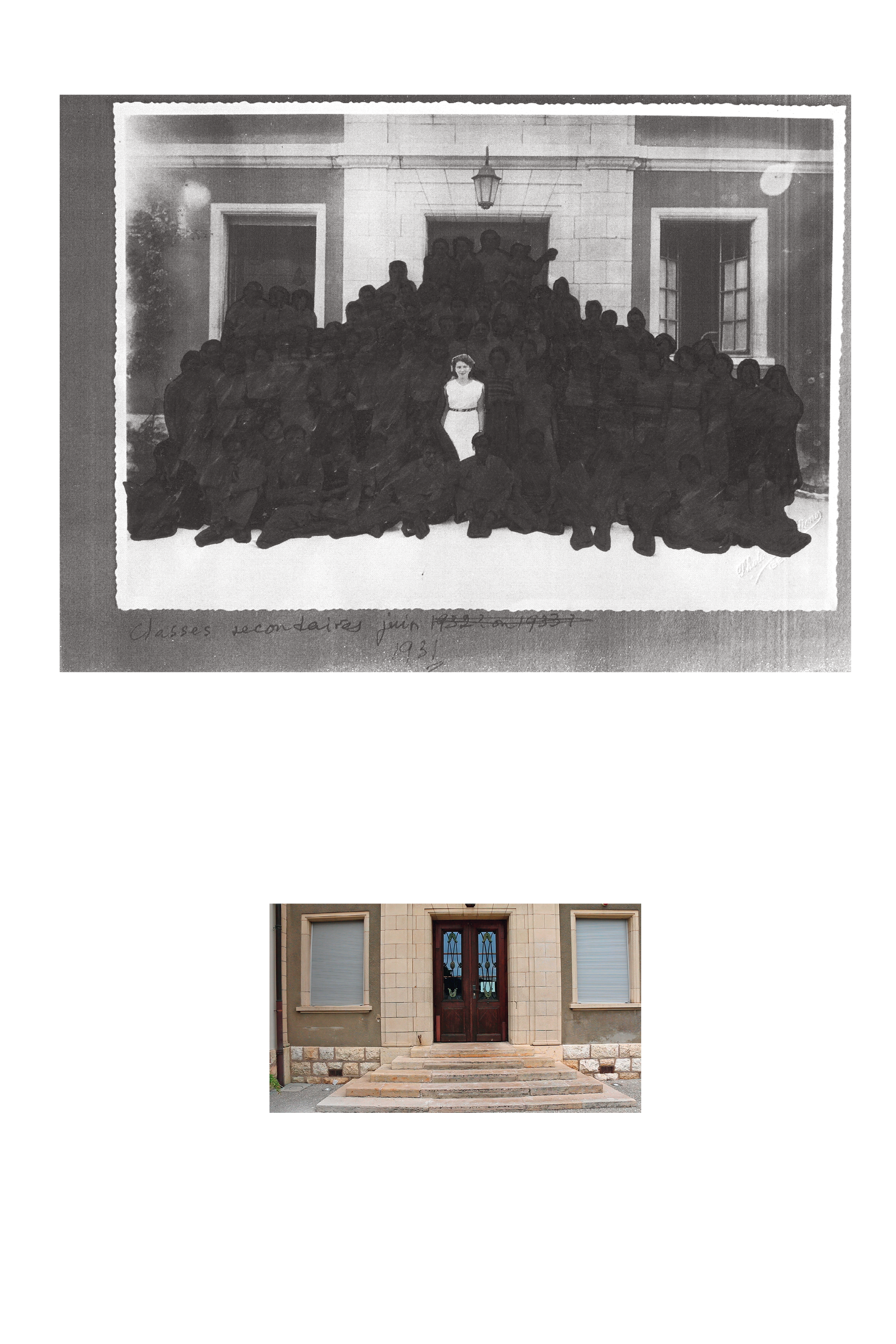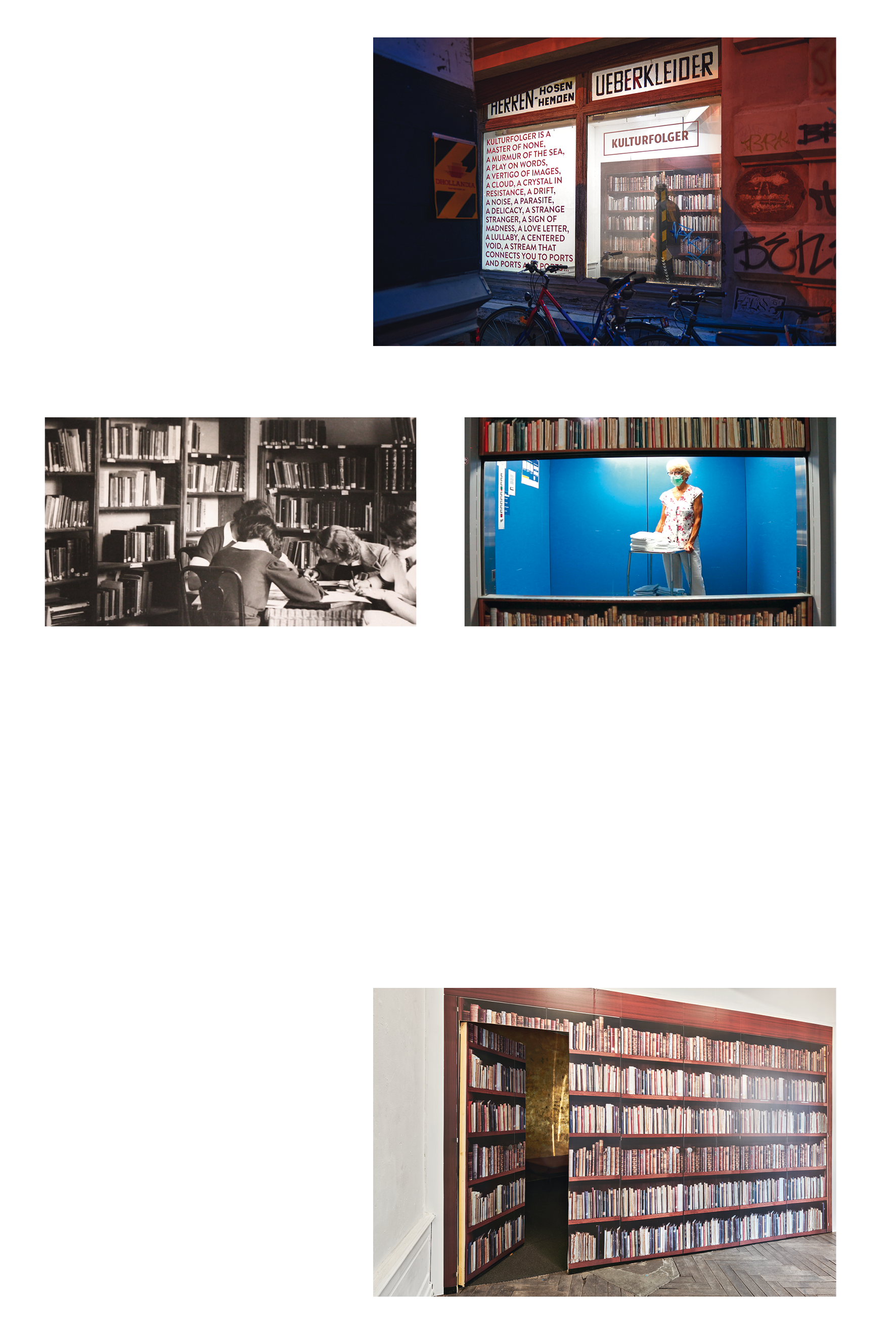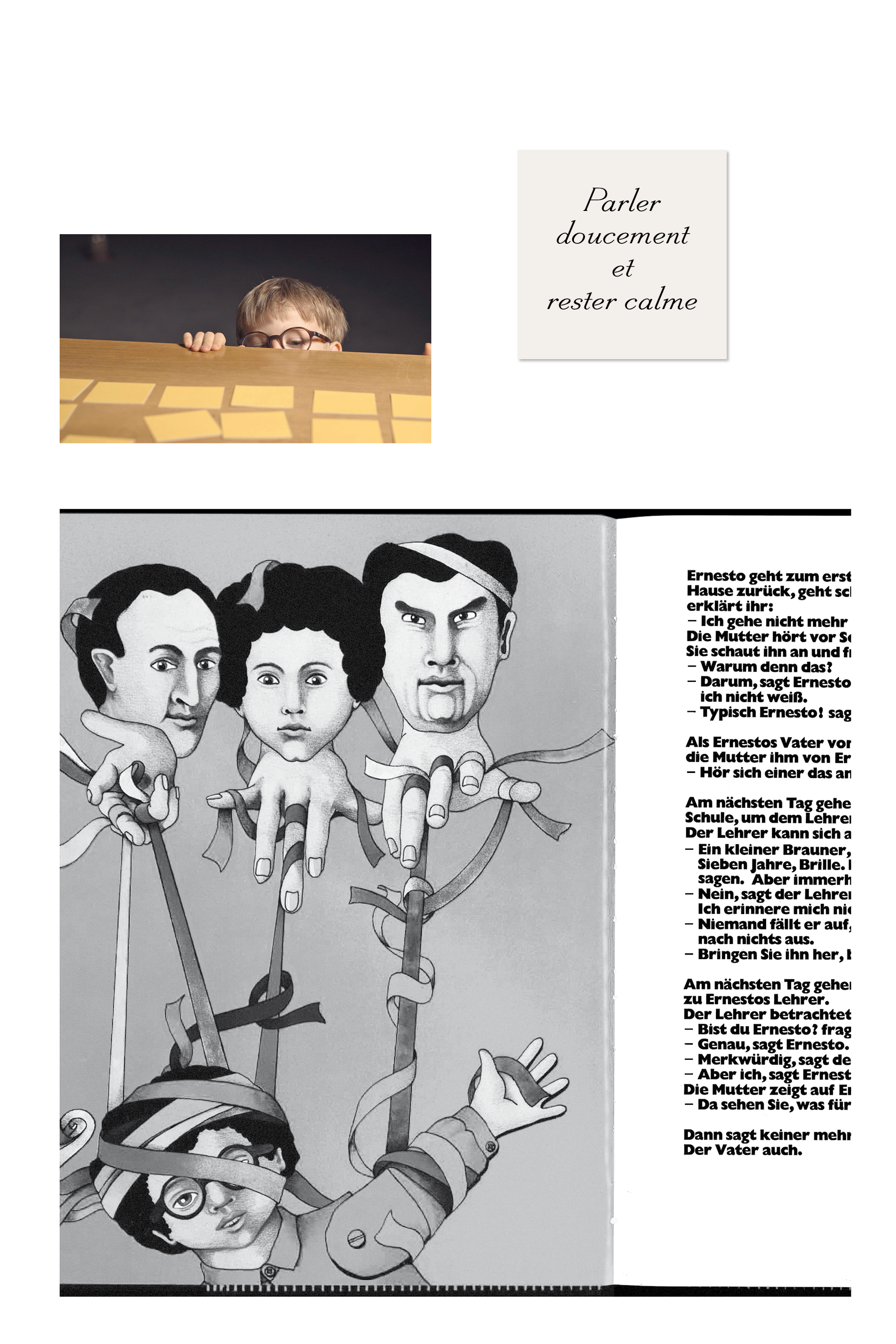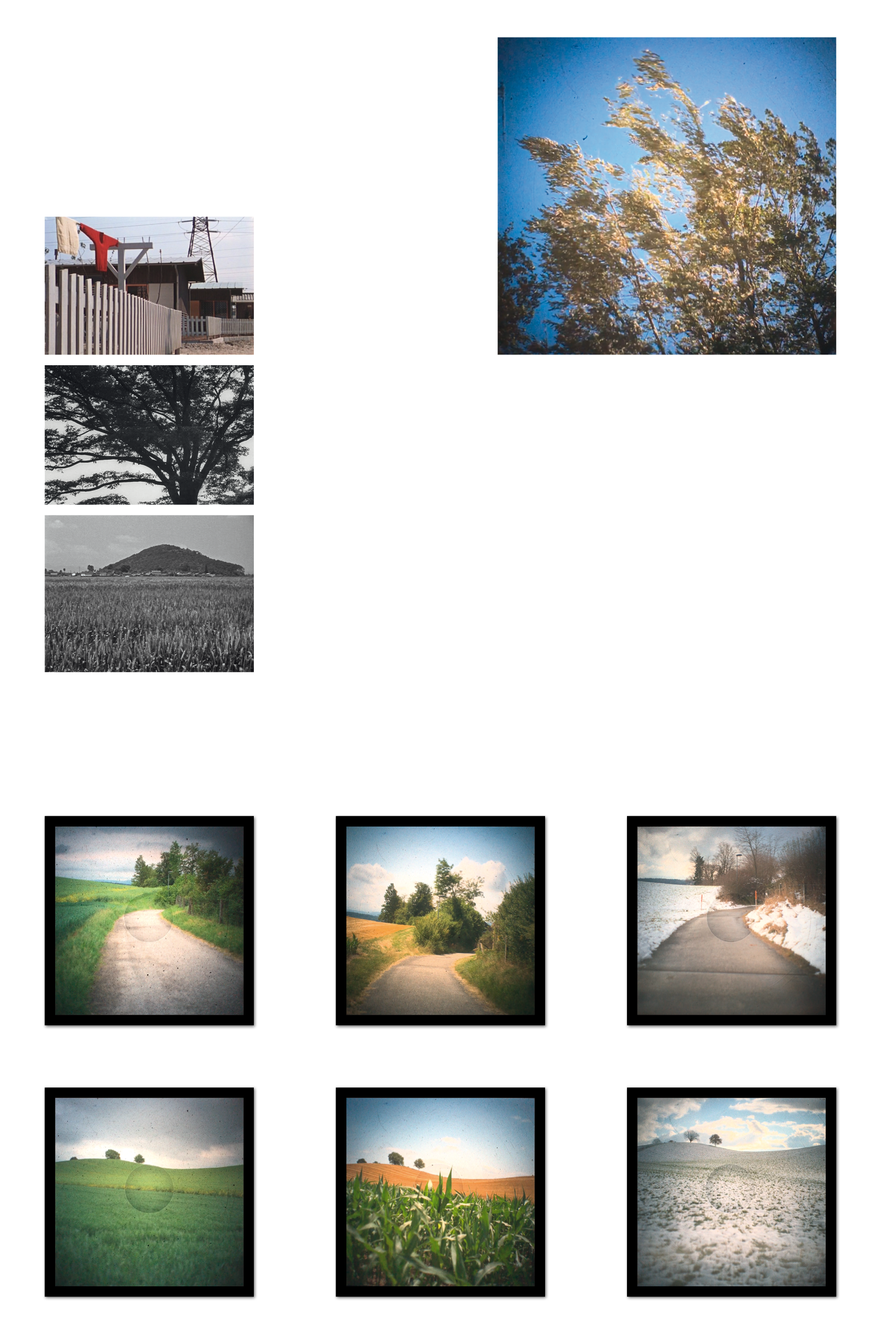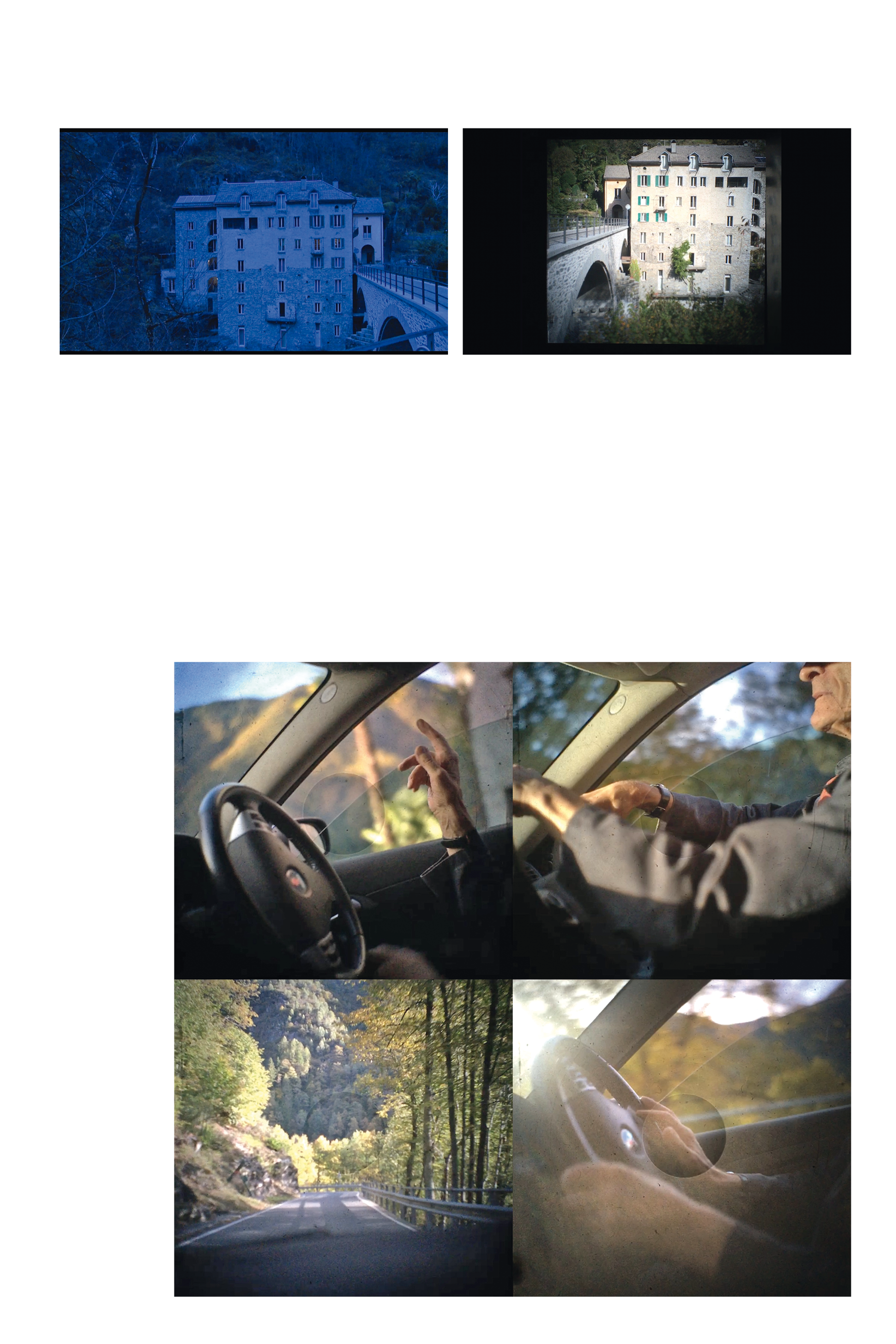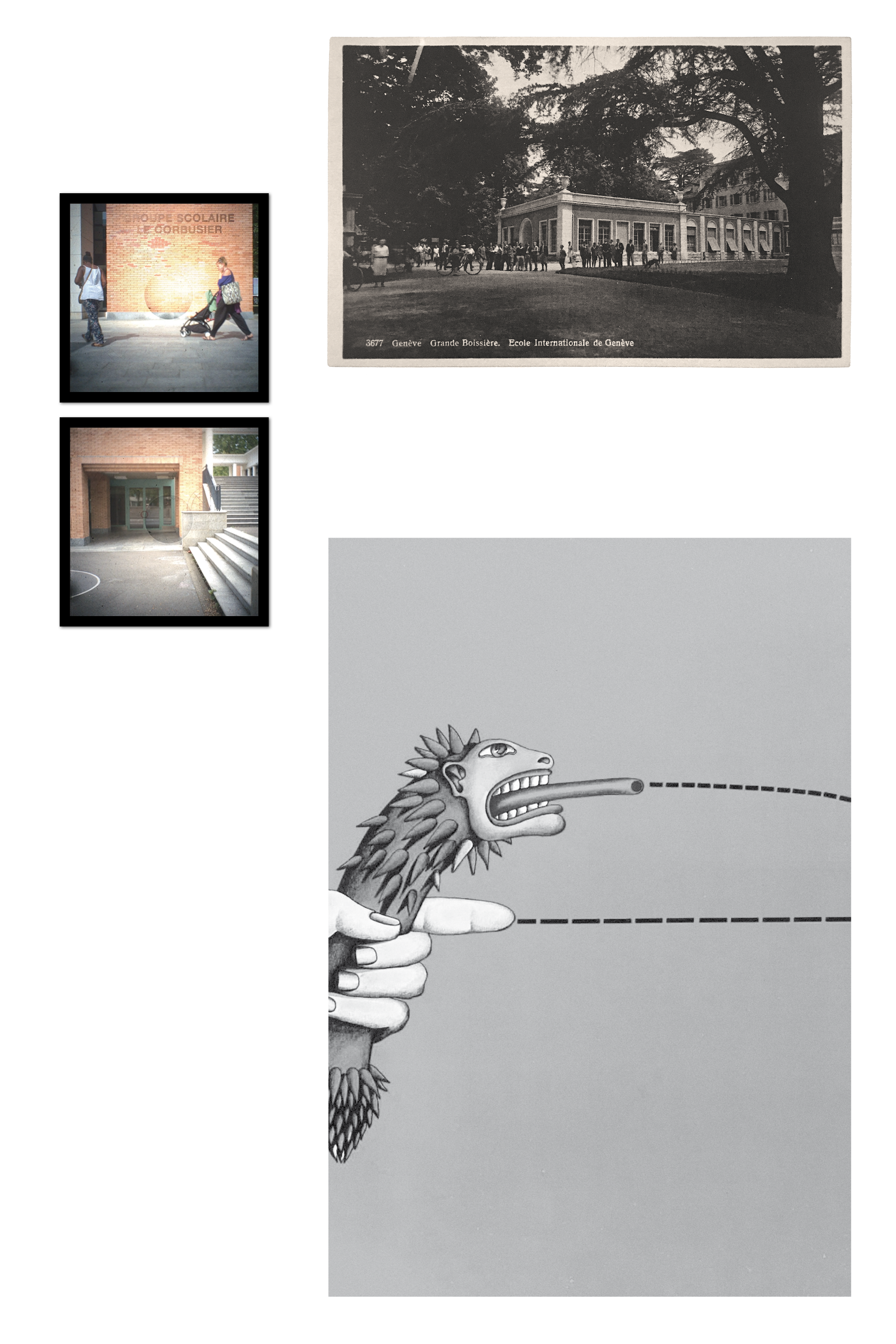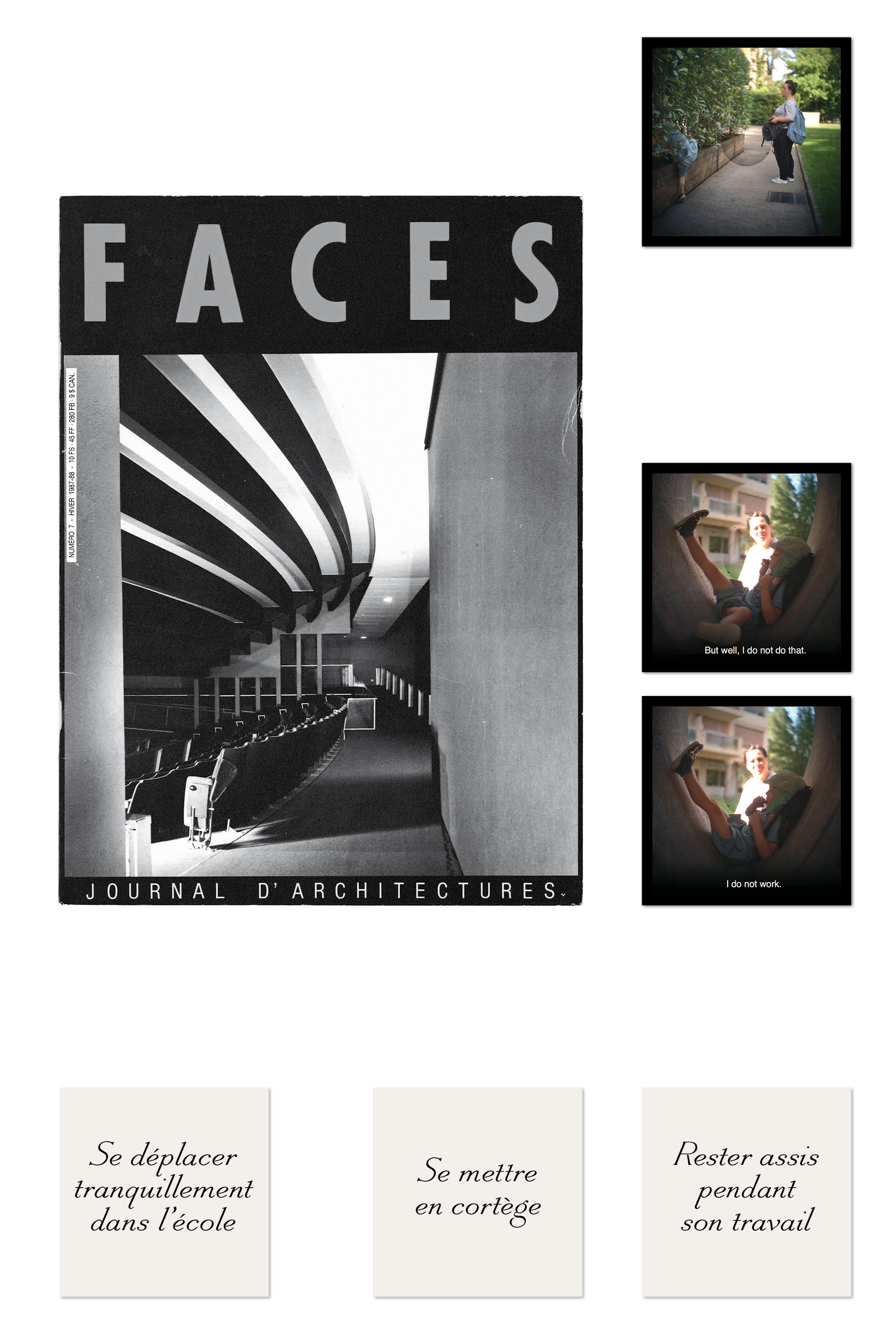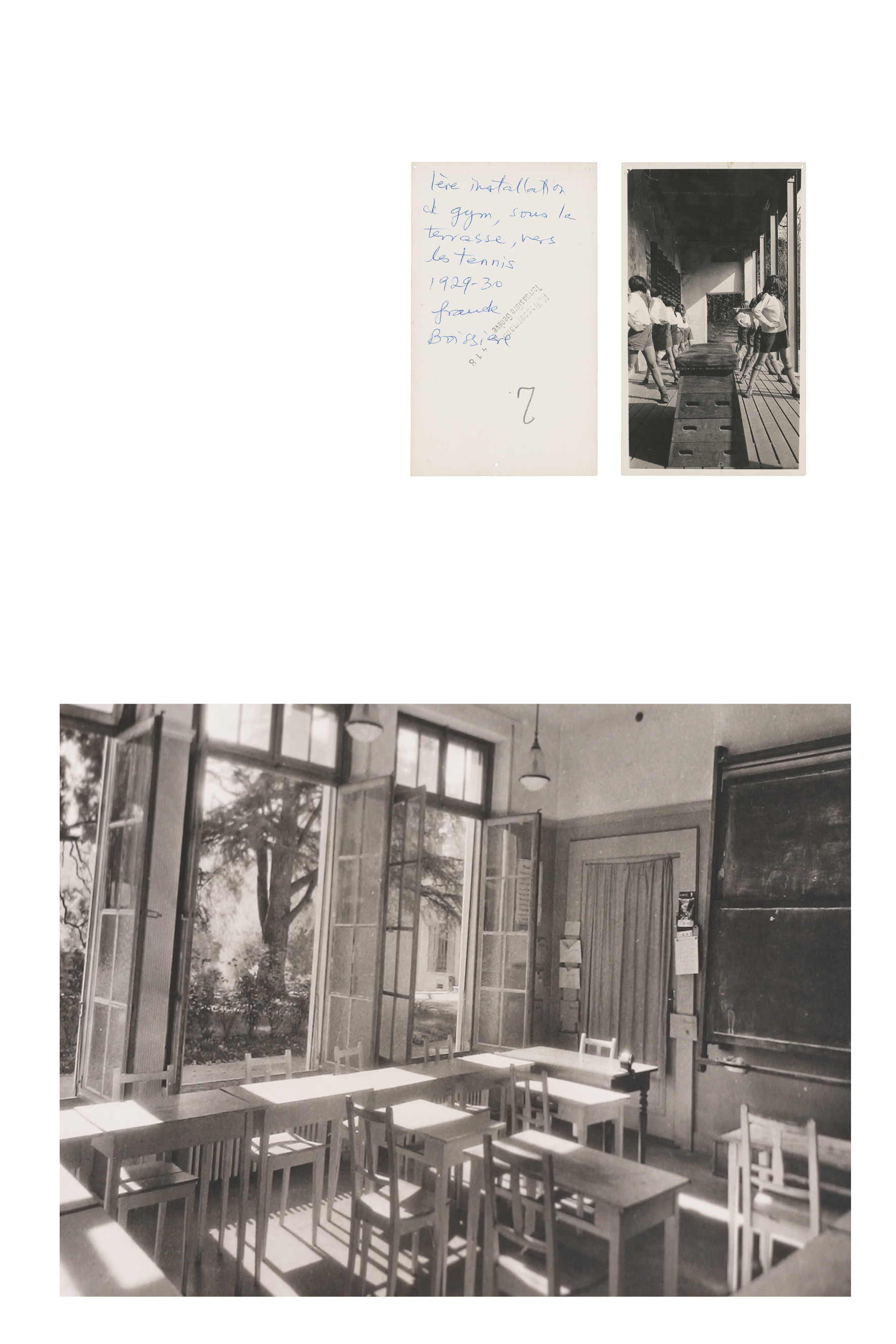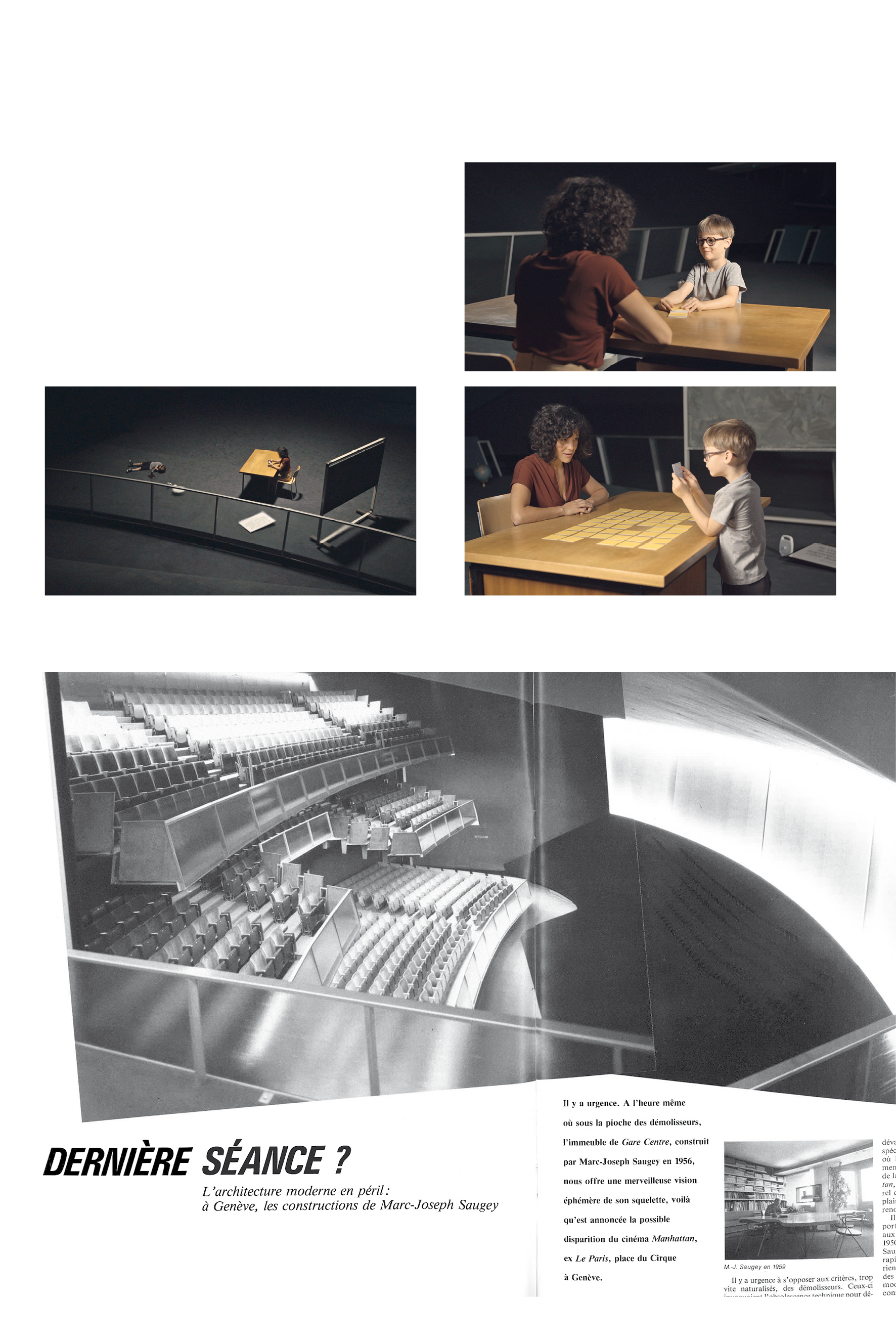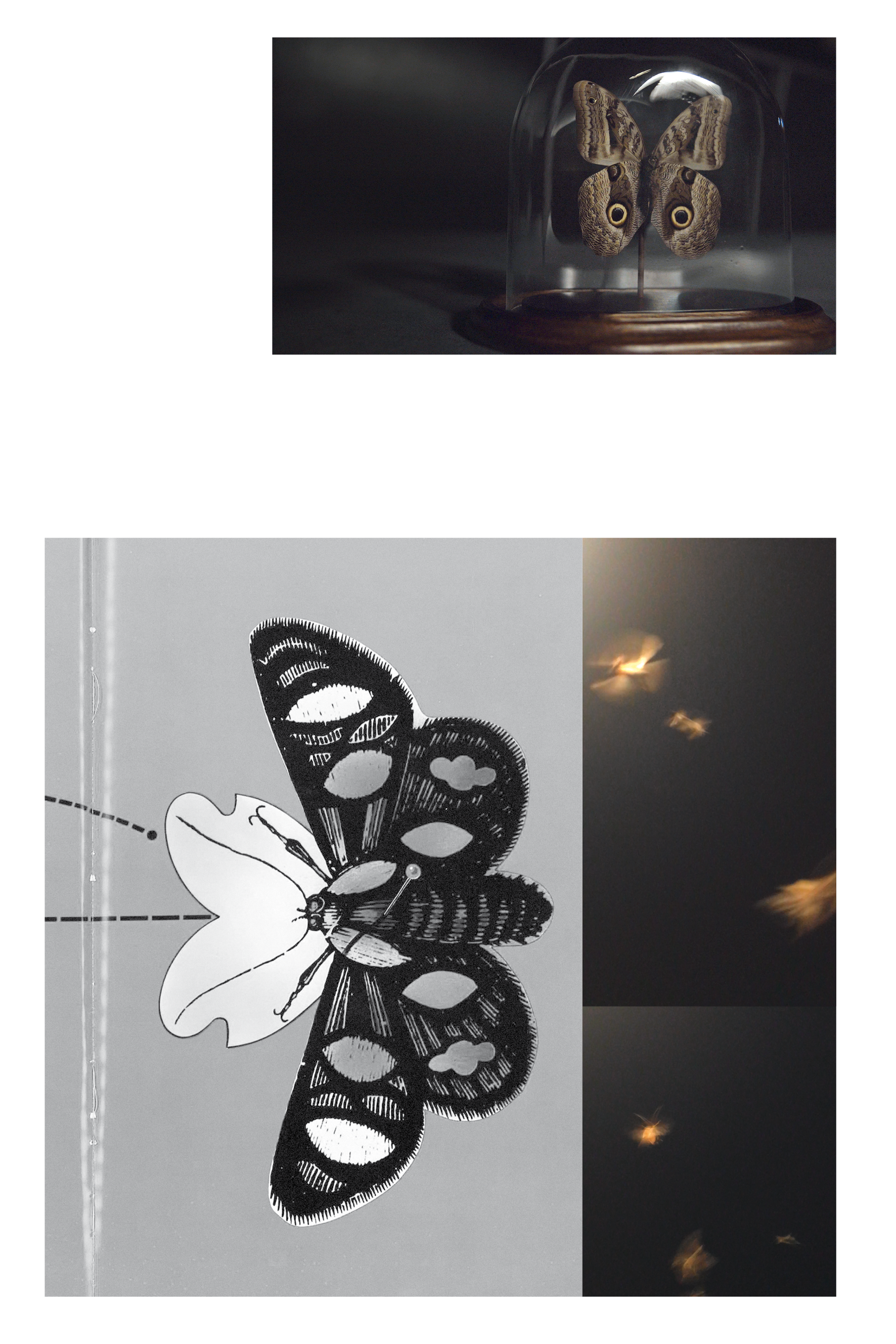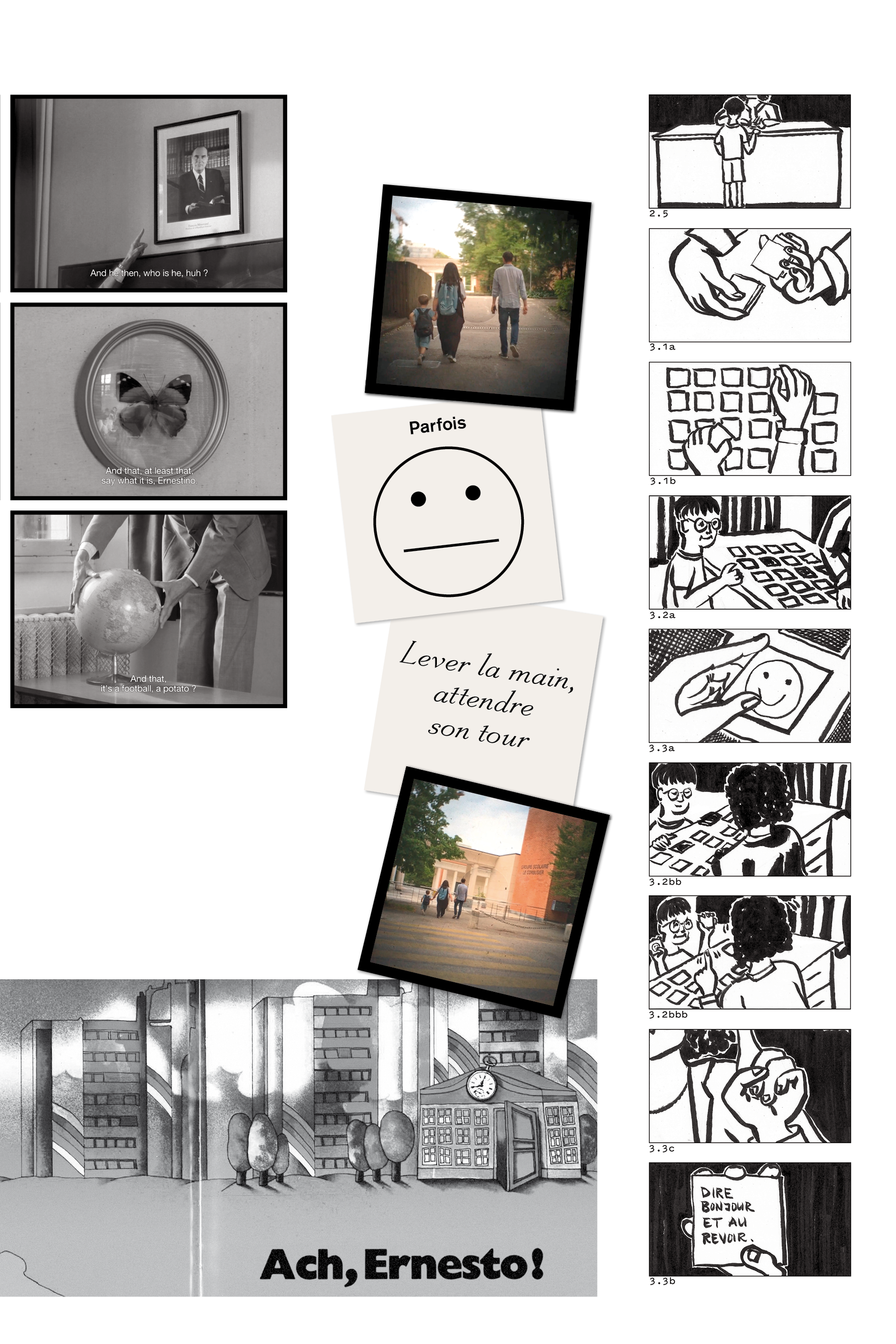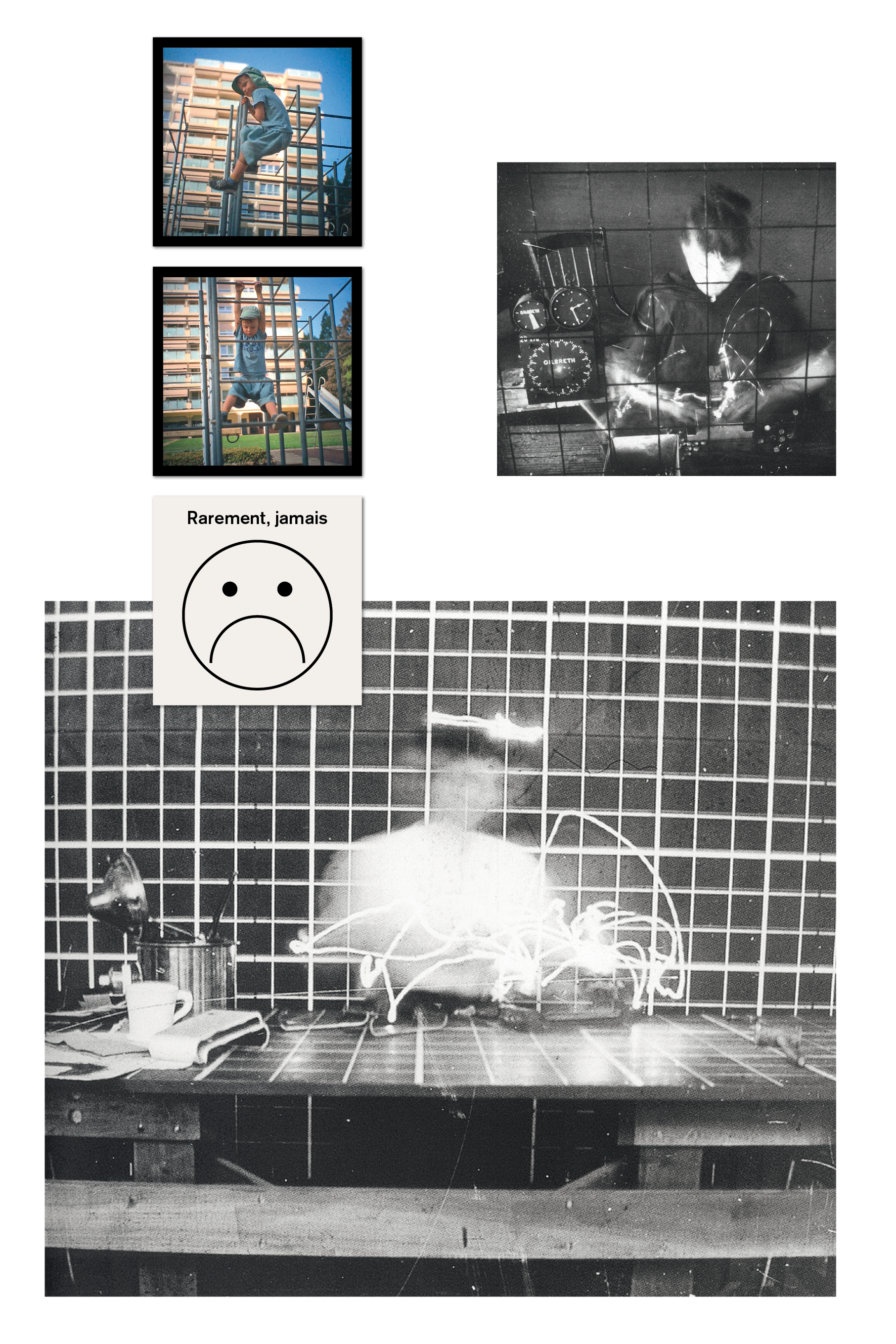The imaginary friend Chiara came into being when I was simultaneously in the middle of an intense research phase of participant observation at the various locations of the case studies and working with the material in the cutting room. Going back and forth between fieldwork and editing meant that I used film to articulate observations, impressions and thoughts in a continually developing, episodic research journal (which eventually became the basis for the film-essay). Chiara emerged in tandem with a third figure – the American trailblazer of experimental film, Maya Deren. The development of Chiara as a character in the narrative brought with it a form of authorization: from a ‘secret’ parallel study, the encounter with Chiara became a narrative strand in its own right, alongside and between the case studies.
Initially, introducing a fictional character to the narrative strands proved a promising strategy to approach the heterogeneity of the materials more playfully, and to explore, reinforce and create emerging connections [C is for Chiara, for Cross-Cultural]. As a kind of alter ego, Chiara was also to help me deal more skillfully with the dangers of a first-person narrative and a journal structure: distinguishing between two characters, a narrator and an interlocutor, made it possible to create a different (dramaturgical) space in which to investigate my perceptions, sensations and thoughts from multiple perspectives [F is for Fugue]. In this sense, fictionalization worked partly as an experimental investigation of the material from the case studies, and partly as their speculative extension [M is for Morning Gymnastics / R is for Rituals]. However, from the beginning it was more than a “glue” holding together the fragmentary narrative and more than a mirroring moment of self-examination. As an invented figure – or more precisely, a figure who is fantasized, dreamed up – the imaginary friend makes it possible to discover a plurality of realities. It does so firstly by opening up a dream or fantasy world alongside the everyday world of the case studies. Secondly, it intervenes in the ‘everyday’ as an imaginary friend, affecting the research process, shaping it and enabling different forms of perception. And thirdly, it helps to illuminate the role of narratives (ideals, fantasies, etc.) in the case studies. All in all, with its multiple layers, the figure of the imaginary friend blurs the boundary between reality and fiction, and thus fosters a more complex understanding of what is being shown than an analytical approach would achieve.68
Chiara is more than a character; she is an imaginary friend.69 At first, I called her an ‘imaginary friend’ because she had gradually crept into my thoughts and I noticed that I was imagining a character who would be at my side, understanding me, accompanying me, intervening, etc. I increasingly realized that I was longing for an accomplice, and that in the context of my research topic this wish meant more than a private desire. The search for forms of asynchronous experience, for temporal perceptions of a different kind from rationalized clock time, aims to trace forms of work, interaction and insight which are not built on principles of individual competition, rapidity and self-interested advantage/profit. The life situations of the people in the selected case studies – in education, research, care, and self-care—are characterized by diverse interpersonal and infrastructural interdependencies, which produce different narratives from that of the ‘lone fighter’. It was only through the ‘interventions’ of my imaginary friend that I realized she brought with her an agency that was sometimes visible, sometimes invisible, illuminating the role of narratives within my research project: if I tell her about my observations during my research visits, I have to situate the impressions and experiences consciously as I present them to her – even if the conversation only takes place in my head – meaning that I have to create an initial version of the story which she reacts to. This in turn opens up a different perspective on the material and then leads to a further version. These narrative processes of translation keep on raising the question of how narratives shape our perceptions of time, and which narratives do so – in the everyday experiences of the case studies, as well as in the way that they are observed, described and shared.


